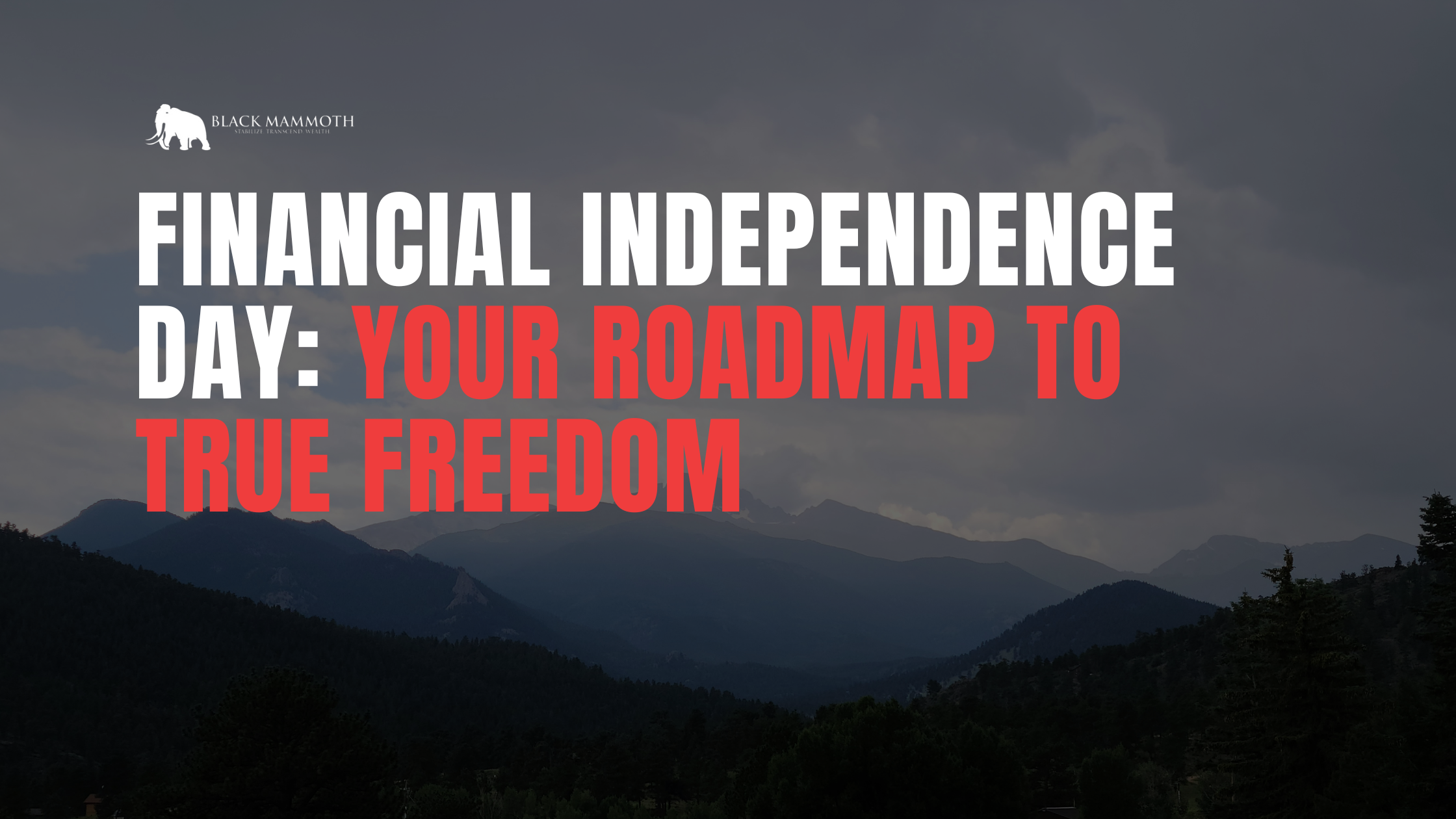Financial Independence Day: Your Roadmap to True Freedom
Imagine waking up and feeling truly free—free from worry, free from debt, free to live on your own terms. That’s the promise of Financial Independence Day. Inspired by the spirit of national independence, this is your personal revolution against financial stress. Let’s get bold, get real, and build freedom—together.
1. Step One: Ditch High‑Interest Debt
Why it matters:
High-interest debt—credit cards, payday loans—drains your resources and stalls wealth.
What to do:
List every debt: balance, interest rate, monthly payment.
Choose a payoff strategy:
Debt Snowball (Ramsey): tackle the smallest balance first to build momentum en.wikipedia.org.
Debt Avalanche: aim at the highest-rate loan first to save on interest.
Set monthly targets and automate all payments.
Cut discretionary expenses to free up cash.
Celebrate milestones—each debt eliminated is a step toward freedom.
2. Step Two: Control Lifestyle Creep
Earning more is great. Spending more at the same rate? Not so much.
The tip: Guard against spending that silently erodes your future—the subtle creep of “lifestyle inflation.”
Stick to the 50/30/20 budget rule: 50% needs, 30% wants, 20% savings 5paisa.com+2investopedia.com+2investopedia.com+2.
At each raise, up savings first, then upgrade comforts.
3. Step Three: Set Clear Goals and Create a Plan
You can’t reach a destination without a map.
What to do:
Clarify your vision: early retirement? debt-free home? six-month emergency fund?
Use SMART goals:
Specific: Pay off $12,000 in credit cards.
Measurable: Save $1,000/month.
Achievable: Adjust as income grows.
Relevant: Align with what matters most to you.
Time‑bound: Three-year payoff plan.
Dive into your numbers:
Net worth = assets minus liabilities.
Track income against expenses.
Draft a financial roadmap: detail monthly spending, saving, investing, and debt payoff goodegginvestments.com+1medium.com+1ruleoneinvesting.com+155paisa.com+15pmc.ncbi.nlm.nih.gov+15ruleoneinvesting.comnavyfederal.org+1ruleoneinvesting.com+1.
4. Step Four: Build Smart & Diversified Investments
Once debt is tamed, it’s time to grow your wealth.
Start investing even small amounts—compound interest is your ally en.wikipedia.org.
Recommended strategies:
Low-cost diversified index funds or ETFs—simple, effective, less risky.
Dividend reinvestment plans (DRIPs)—automate reinvestment for steady growth en.wikipedia.org+7businessinsider.com+7facebook.com+7en.wikipedia.org+1navyfederal.org+1.
Retirement accounts—max out 401(k), IRA, HSA when available.
Long-term commitment is key: stay the course, rebalance, and resist emotional market changes en.wikipedia.org+4investopedia.com+4navyfederal.org+4.
5. Step Five: Start Passive Income Streams
To truly stand on your own, earning while you sleep is essential.
Options to explore:
Real estate rentals
Invest in property, hire a manager, collect rent passively.Dividend stocks
Choose strong dividend-paying businesses; reinvest earnings .High-yield savings/CDs/Bonds
Low risk, consistent returns investopedia.com+5en.wikipedia.org+5ruleoneinvesting.com+5.Digital businesses or content
E-books, courses, affiliate marketing.
Why diversify? You build multiple revenue streams, safeguard against downturns, and maintain momentum investopedia.com+14navyfederal.org+14businessinsider.com+14.
6. Step Six: Automate, Learn, Reassess
Automate everything: savings, bill payments, investing.
Learn continuously: read books, follow trusted experts—become fluent in finance investopedia.com+7investopedia.com+7en.wikipedia.org+75paisa.com+6medium.com+6investopedia.com+6.
Do quarterly reviews: check progress, rebalance portfolio, adjust savings and goals.
Protect your journey: use insurance to guard against unexpected expenses.
Real‑Life Inspiration
Upasna Gautam achieved a “micro-retirement” in her mid-30s by funneling every dollar of side income into index funds and passives—ending up financially independent and empowered en.wikipedia.org+2navyfederal.org+2en.wikipedia.org+2.
Phil Town shows that small investments, discipline, and value-based investing can build generational wealth .
Action Plan Checklist
| Task Frequency |
| List and strategize debt payoff Now |
| Create SMART goals Now |
| Automate savings/investments Within 2 weeks |
| Open brokerage/retirement account Within 1 month |
| Research passive streams Monthly |
| Quarterly financial audit Every 3 months |
| Annual budget revisit Annually |
Phil Town’s "Financial Freedom 101: 5 Steps to Passive Income" – For disciplined, long‑term investing. investopedia.com+3investopedia.com+3navyfederal.org+3viveura.com5paisa.com+14ruleoneinvesting.com+14navyfederal.org+14en.wikipedia.org+2en.wikipedia.org+2investopedia.com+2
Investopedia’s Financial Cleanse – A 30‑day system to curb spending and kickstart savings investopedia.com+1investopedia.com+1
Your Independence Day Starts Now
This isn’t about chasing a fantasy—it’s about taking control right now. You’re choosing discipline over debt, automation over inertia, and wealth over stress. Every dollar redirected, every investment made, every stream created—these are your Independence Day victories.
Be bold. Cut the debt. Automate the future. Own your passive income. This isn’t “some day”—it’s today. Declare your Financial Independence Day now.
Ready to Declare Your Own Financial Independence?
Let’s take this further. You’ve read the steps. You’re fired up. Now it’s time to act with clarity and purpose—and that’s exactly what the Black Mammoth Power Hour is built for.
This is not another boring finance webinar. This is one hour of pure strategy, no fluff.
Real talk. Real numbers. Real freedom.
Inside the Power Hour, we’ll:
Uncover exactly where you’re leaking financial power
Craft your personalized freedom plan—debt, investing, income, all of it
Break down passive income ideas tailored to your life
Show you how to start implementing in 7 days or less
If you're done with the “someday” mindset and ready to build your own Financial Independence Day—this is your next move.
Seats are limited. Action-takers only.
Reserve your Power Hour now

